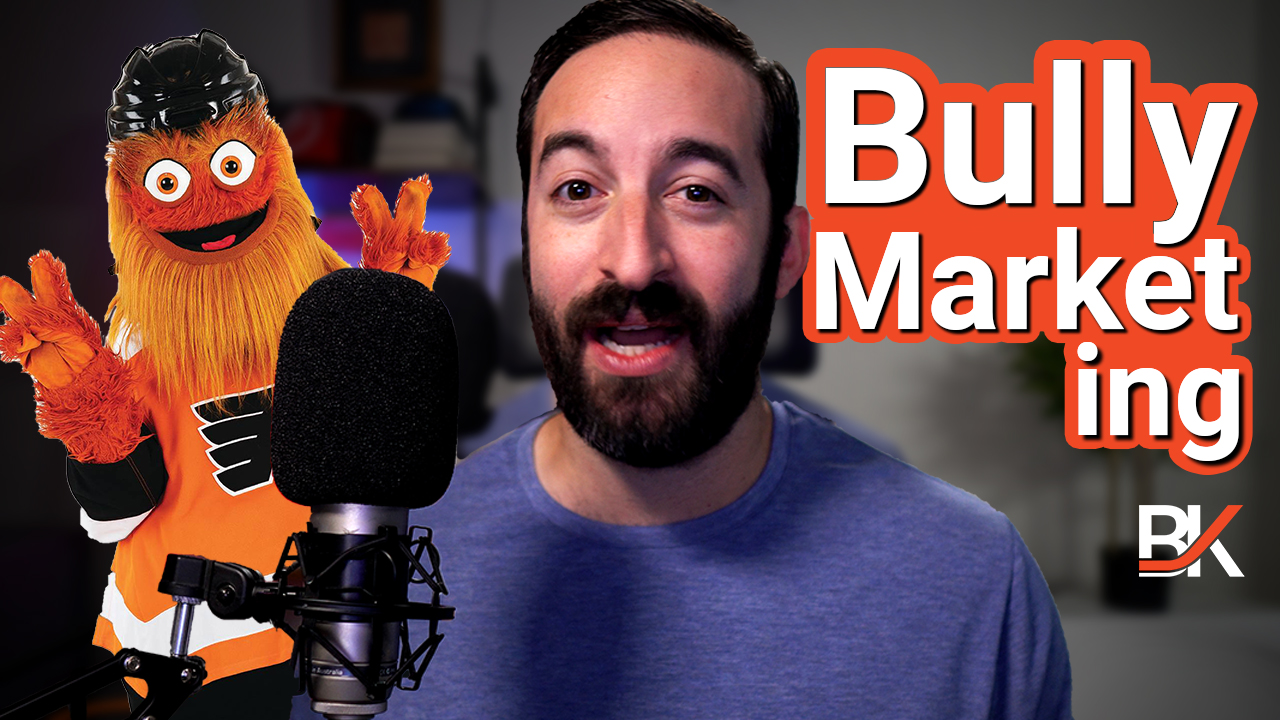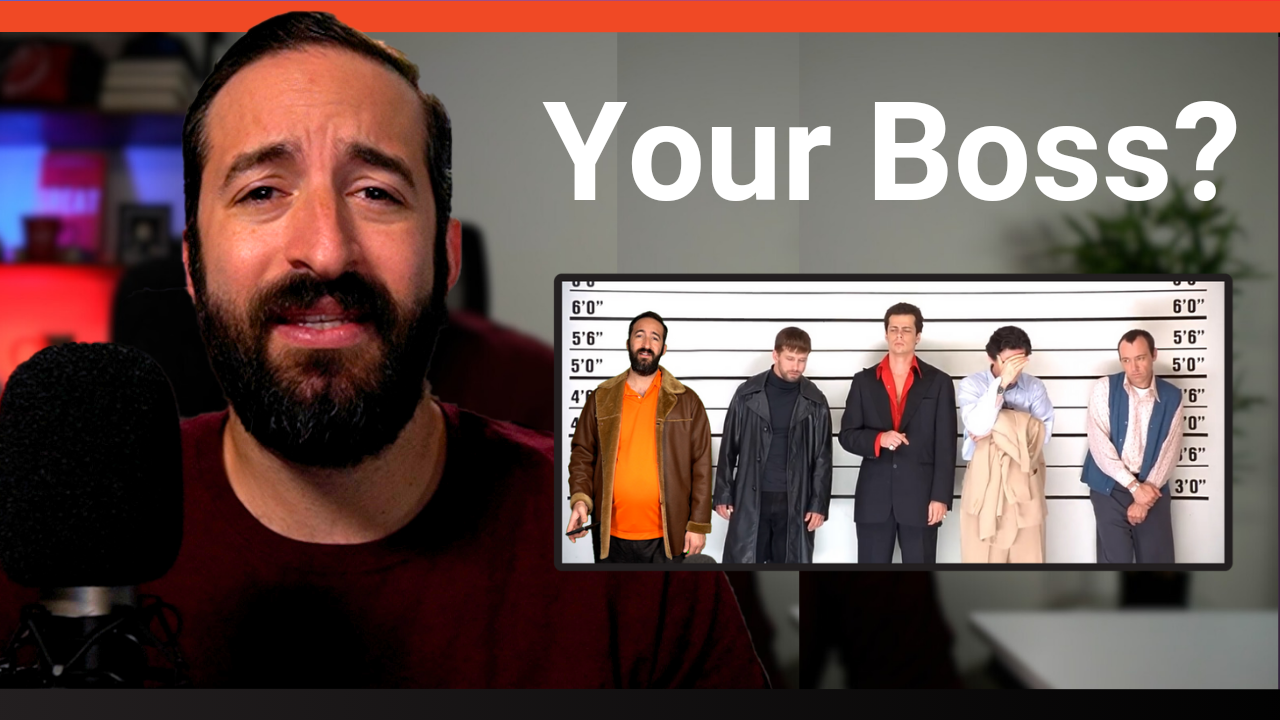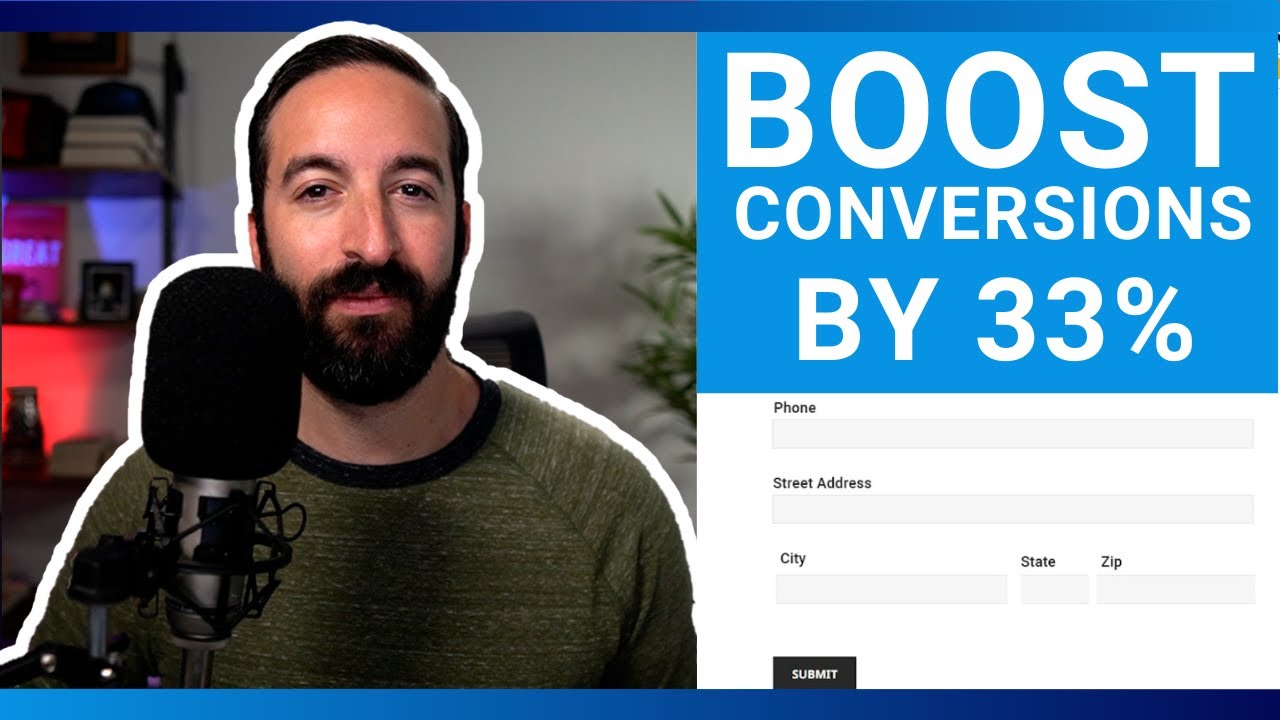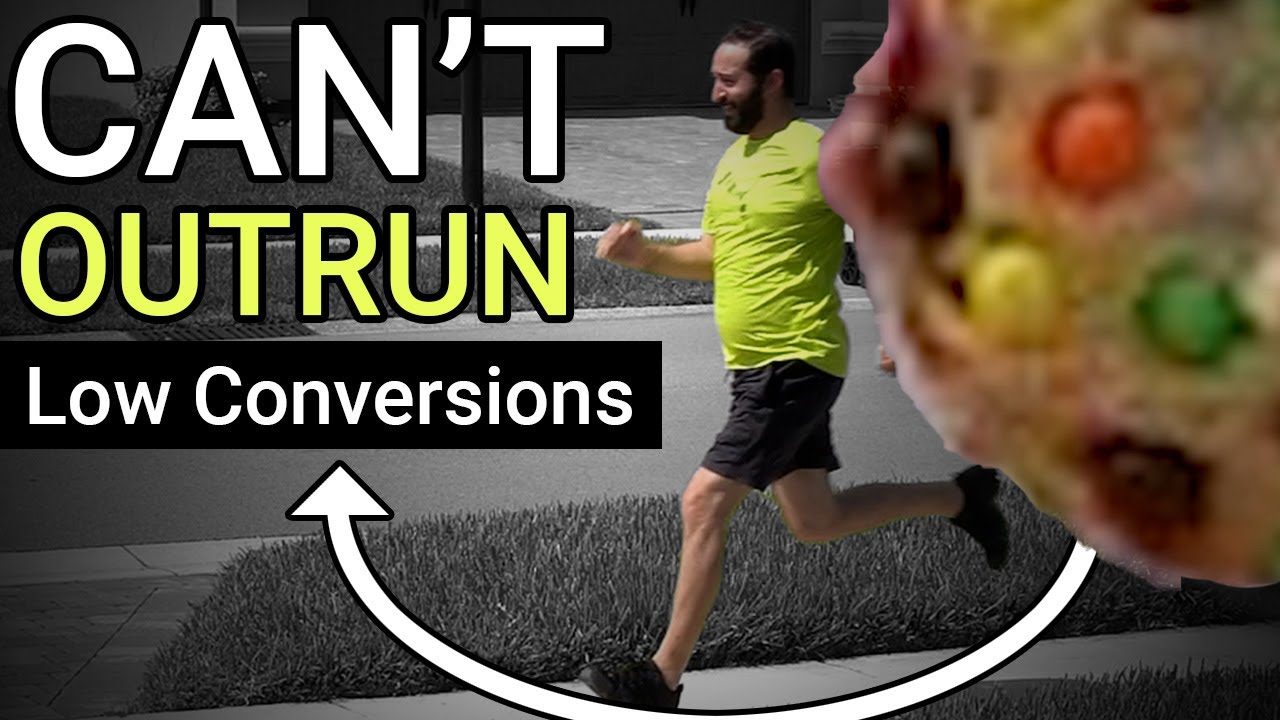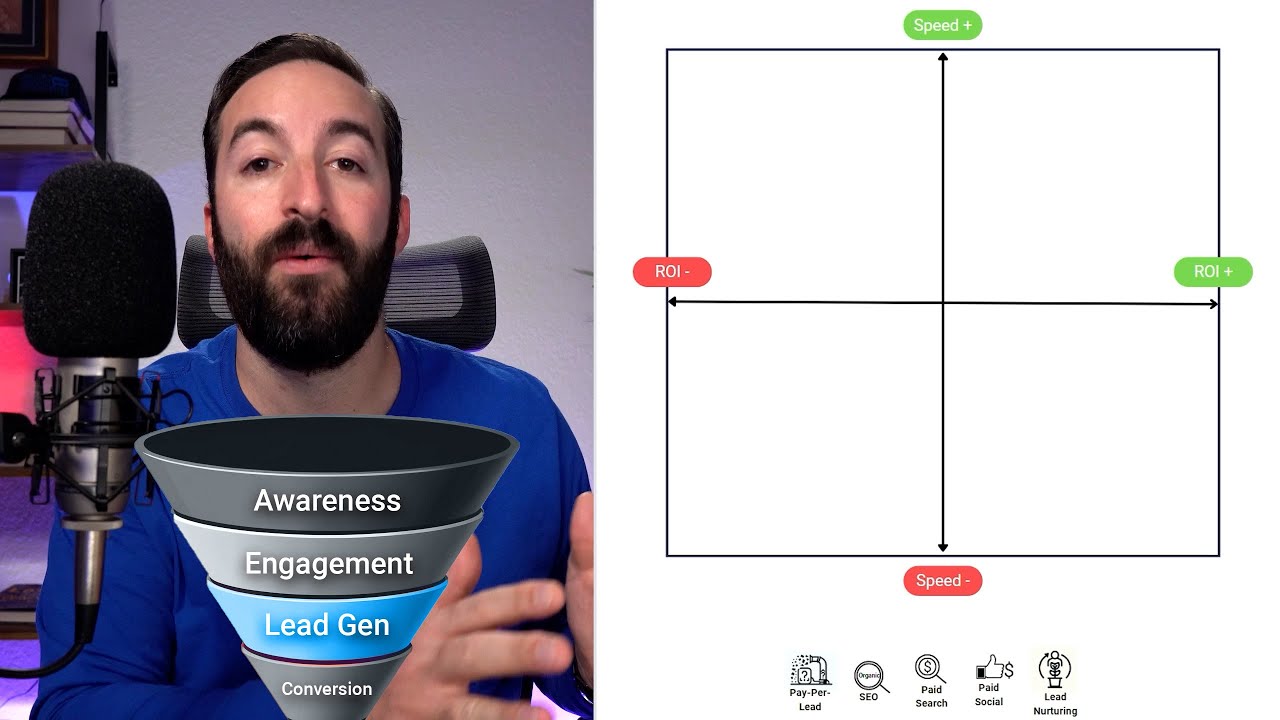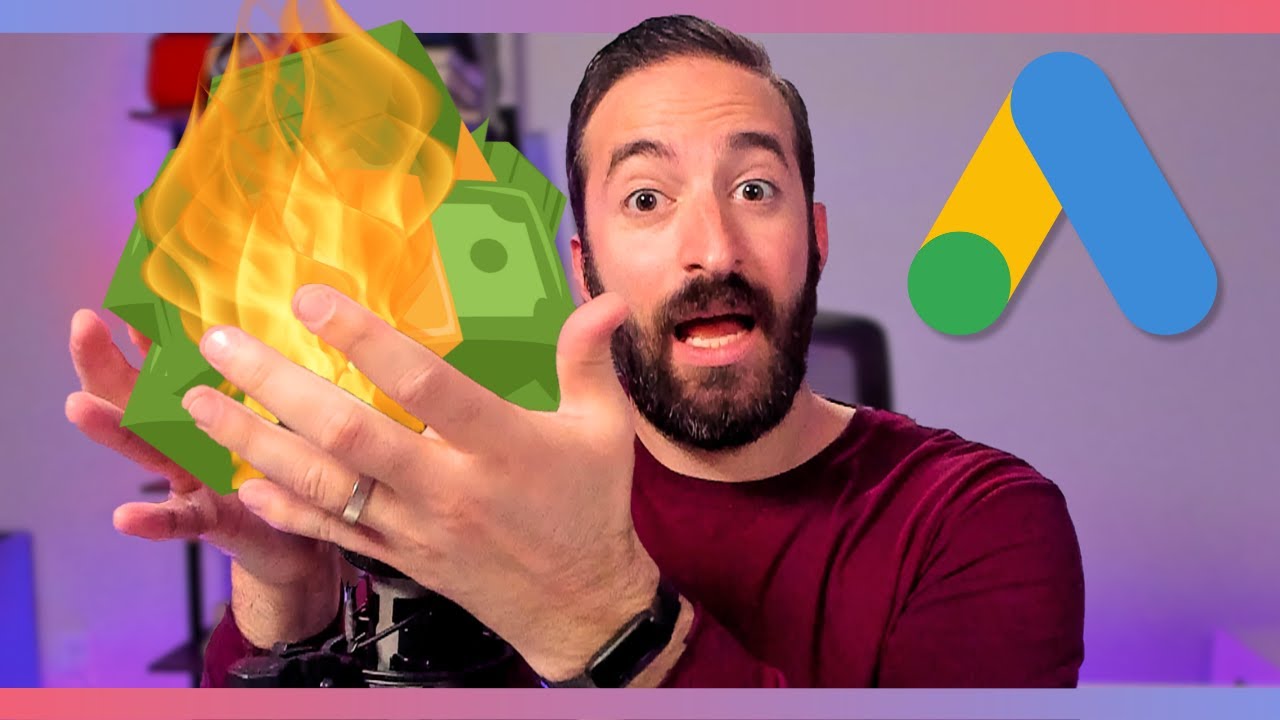Bully marketing competitors with ruthless campaigns or is this actually taboo?
Before we get going, want to see how we handle marketing rivals the Philly way? Watch me take down a Rangers dummy on rollerblades in my old high school jersey
Read More | Watch Video

